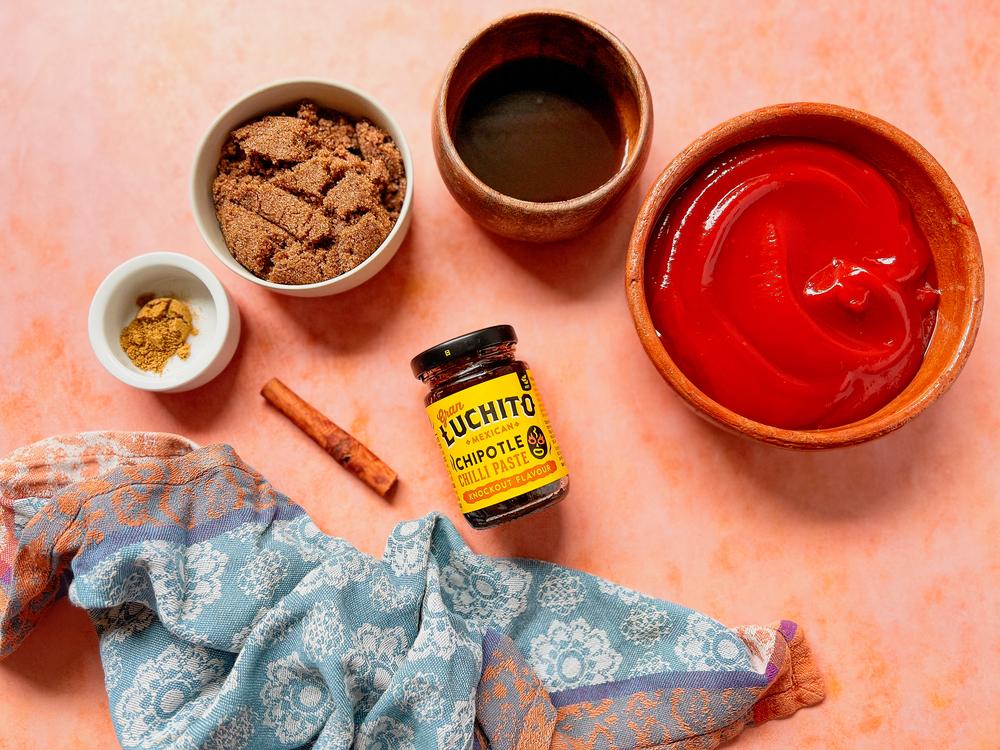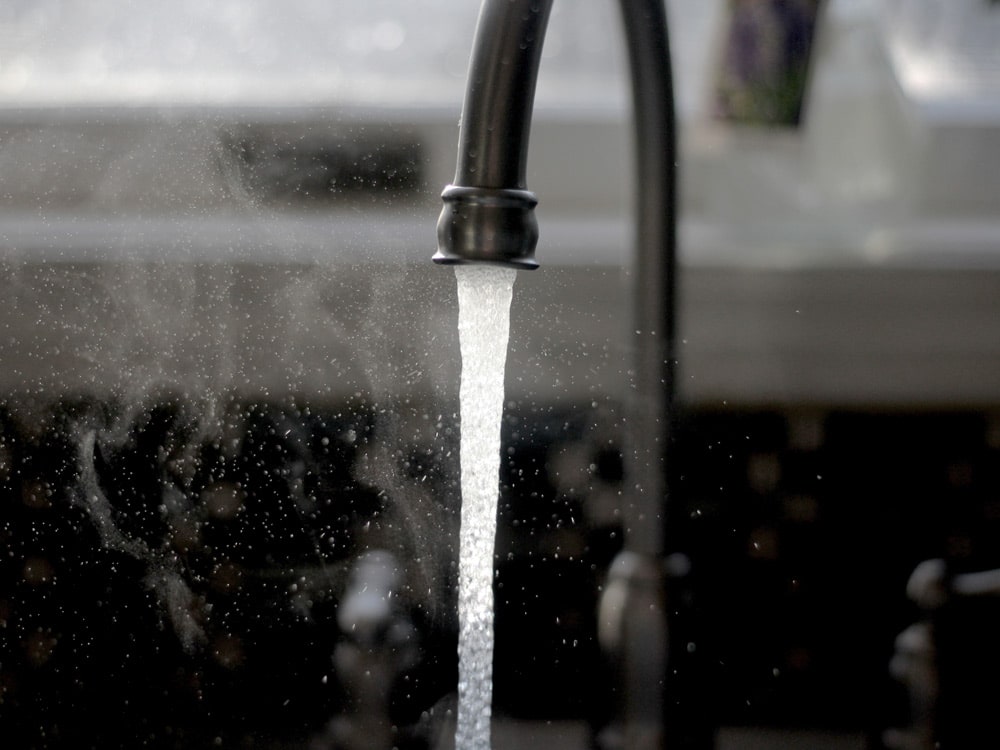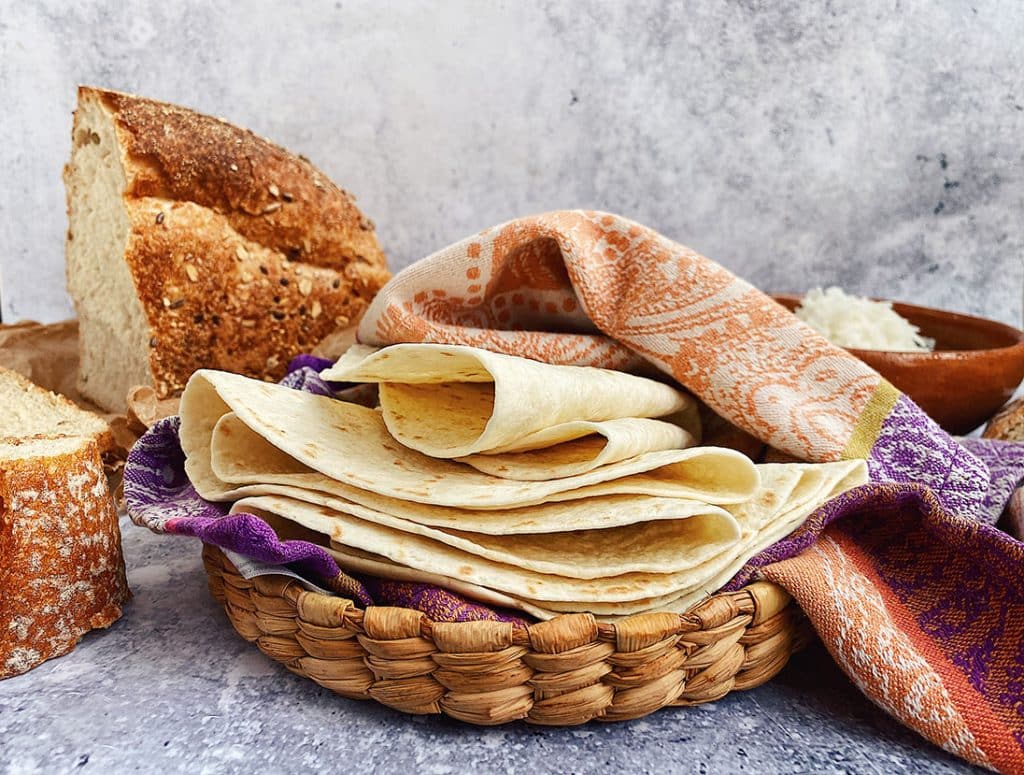Estimated reading time: 14 minutes
Spicy Mexican cuisine can be both delicious and challenging. If you find yourself in a situation where the heat is too much to handle, there are several methods you can use to cool down and still enjoy your meal.
If you’re travelling to Mexico, you’ll need to learn how to deal with spicy food. Authentic Mexican cuisine is all about the heat, and it’s likely that you’ll come across a hidden habanero at some point. But don’t worry, it’s all part of the experience! And if you follow our simple guide, you’ll be able to extinguish any spicy food inferno and be ready for your next taco in no time.

Is All Mexican Food Spicy?
Not all Mexican food is spicy. We have lots of recipes in our non-spicy Mexican Food section.
How To Cool Down Spicy Food
1. Add Dairy To The Dish
Dairy products can help to neutralise the heat of spicy food. The capsaicin in chilli peppers binds to a protein called casein, which is found in dairy products. This binding helps to reduce the burning sensation. Some good options for cooling down spicy food with dairy products include:
- Sour cream: This is a good option for its creamy and tangy flavour.
- Crème fraîche: This is a thicker and richer version of sour cream.
- Yoghurt: This is a good option for its refreshing and cooling effect.
- Milk: This is a good option for its mild and soothing effect.
- Cream: This is a good option for its rich and decadent flavour.
When adding dairy products to spicy food, it is important to do so carefully. If the dairy product is cooked over high heat, it may curdle. It is also important to note that not all dairy products are created equal. Full-fat dairy products are more effective at neutralising the heat than low-fat or fat-free dairy products.

2. Serve With Starchy Foods
Starchy foods can help to reduce the spiciness of food by absorbing the capsaicin. Foods, such as rice and bread, have a large surface area and can trap the capsaicin molecules. This helps to reduce the amount of capsaicin that comes into contact with your taste buds, making the food less spicy.
Here are some good side dishes to eat with spicy food:
- Rice: Rice is a bland and absorbent food that can help to neutralise the heat of spicy food.
- Bread: Bread can also help to absorb the heat of spicy food. Tortillas are a good option because they are soft and pliable.
- Naan: Naan is a type of flatbread that is often served with Indian food. It is also a good option for absorbing the heat of spicy food.
- Hummus: Hummus is a Middle Eastern dip made from chickpeas, tahini, and lemon juice. It is a good source of protein and fibre, and it can help to cool the palate after eating spicy food.
- Yogurt: Yogurt is a good source of protein and probiotics. It can help to soothe the stomach after eating spicy food.
3. Add Acid
The acidity of citrus fruits and vinegar can help to neutralise the heat of spicy food. The acids in these ingredients bind to the capsaicin molecules, which are responsible for the heat. This helps to reduce the burning sensation and can also add a refreshing flavour to the food.
Here are some specific examples of how to use acidic ingredients to cool down spicy food:
- Sprinkle some lime or lemon juice over your tacos, enchiladas, or salsa.
- Add a squeeze of lemon juice to your chilli or curry.
- Marinate your chicken or tofu in a mixture of vinegar, water, and spices.
- Drink a glass of lemonade or iced tea after eating spicy food.
4. Add Sweetener

Adding a tablespoon of sugar, palm sugar, or honey to a spicy dish can help to reduce the heat. The sweetness of these ingredients helps to balance out the spiciness and can also add a layer of complexity to the flavour.
Here is how sugar helps to reduce spiciness:
- Sugar also helps to coat your tongue and mouth, which can help to protect them from the heat.
- Sugar can also help to change the flavour of the food, making it less spicy. For example, adding sugar to a chilli can help to balance out the heat and make it more palatable.
It is important to note that not all sugars are created equal. Some sugars, such as brown sugar, are more effective at reducing heat than others. It is also important to use sugar sparingly, as too much can alter the flavour of the food.
Discover The Authentic Taste Of Mexico With The Gran Luchito Mexican Chilli Gift Box
Discover the authentic flavours of Mexico with the Gran Luchito Chili Gift Set. Features our smoky Chipotle Paste made with a blend of chipotle and rare Mexican chillies, spicy and crunchy Salsa Macha and zesty Chipotle Lime Paste.


Available On Amazon Prime In The United Kingdom and The United States
5. Go Nuts!
Adding a tablespoon of nut butter, such as peanut, almond, or cashew, to your spicy food can help to reduce the spiciness.
The fat in these nut jars of butter can help to bind to the capsaicin molecules, which are responsible for the heat.
This helps to reduce the burning sensation and can also add a creamy and nutty flavour to the food.
Tahini is another option. Tahini is a paste made from sesame seeds. It is also high in fat and can help to reduce the spiciness of food. Tahini also has a nutty flavour that can complement the flavours of spicy food.

6. Try Mild Accompaniments

If you are sensitive to spicy food, you can still enjoy the flavours of Mexican cuisine by ordering or preparing milder accompaniments.
For example, you can ask for:
- Mild salsa
- Mild hot sauce
- Or even a side of plain yoghurt.
These milder accompaniments will help to reduce the spiciness of the food and allow you to enjoy the flavours without overwhelming your taste buds.
7. Enjoy Small Bites
When eating spicy Mexican food, it is best to take smaller bites and savour each one.
This will allow your taste buds to adjust to the spice gradually and make the overall spiciness more bearable.
Here is why taking smaller bites helps:
- It gives your taste buds time to adjust to the spice. When you eat a large bite of spicy food, all of the capsaicin receptors on your tongue are activated at once, which can cause a burning sensation. If you take smaller bites, the capsaicin receptors have time to recover before you take another bite.
- It allows you to enjoy the flavour of the food more. When you eat a large bite of food, you can’t really taste the individual flavours. If you take smaller bites, you can savour each flavour and appreciate the complexity of the dish.
- It helps you to eat less food. When you eat slowly, you are more likely to feel full before you overeat. This can help you avoid the uncomfortable feeling of heartburn or indigestion that can sometimes accompany spicy food.

8. Don’t Panic, Just Enjoy

Spicy Mexican food can be an exciting and flavourful culinary adventure.
However, the spiciness can sometimes be overwhelming and prevent you from enjoying the meal.
Here are some tips to help you embrace the heat and savour the flavours:
- Embrace the heat. Don’t let the spiciness get in the way of enjoying your meal. The heat is temporary and will only last for a short time.
- Find ways to cool it down. There are many ways to cool down spicy food, as mentioned in our blog.
- Focus on the flavours. Pay attention to the various ingredients that make up the dish and how they work together to create a delicious flavour profile.
- Don’t be afraid to try new things. If you’re not used to spicy food, start with a mild dish and gradually work your way up to hotter ones.
With a little patience and experimentation, you’ll be able to enjoy spicy Mexican food without letting the heat get in the way.

How To Neutralise Spicy Food In Mouth
1. Don’t Drink Water
Capsaicin (the spicy chemical in chillies) is insoluble in water. This means that a large slug of water will do nothing to help you recover. If it’s relief you’re after, leave water alone, as it won’t help you recover from spicy food.

2. Drink Milk Or Any Other Dairy

Milk and other dairy contain a protein called casein which dissolves the burn-inducing capsaicin molecules that bind to your tongue when eating chilli. Drink a cold glass of cow’s milk and be sure to swirl it around in your mouth before you swallow it.
3. Drink Lots Of Beer
The good news is that as well as chilli peppers, the other thing Mexico has in great abundance is great-tasting beer. Unlike water, capsaicin is soluble in alcohol and the pain is simply washed away. If you’re in a lot of pain, try a stronger alcoholic drink such as tequila or Mezcal.

4. Eat Something Greasy
Unlike water, capsaicin is soluble in oil meaning that anything greasy is a great cure to cool down spicy food. If you’re in Mexico, your suffering would be a great excuse to try a Queso Fundido! Otherwise, swirl a spoonful of vegetable oil around your mouth and spit it out. I think we prefer the first option.




6. Classic Remedies/Old Wives Tales
Most of the weird and wonderful advice given to remedy the painful effects of eating chilli is based on the proven science outlined above.
However, how to neutralise spicy food in terms of home remedies or old wives tales?
Here are just a handful of them. Touch the burn with cucumber, ice cream, banana, toothpaste, lemon/lime juice, or chocolate.
Discover Our Authentic Mexican Recipes
In conclusion, cooling down spicy Mexican food is entirely possible, and you don’t have to miss out on the flavours just because it’s too hot. By using cooling ingredients, consuming dairy products, incorporating acidic elements, adding rice or bread, pairing it with a refreshing beverage, opting for milder accompaniments, eating small bites, and simply enjoying the experience, you can successfully tame the spiciness and fully enjoy your favourite Mexican dishes. Please leave your comments below, especially any other tried and tested tips that you’d like to share on how to deal with spicy food.
For more on chillies and other blogs please see:












It’s a very, helpful educative information. Please keep it up and never give up. Thank you for your time and help.
So pleased you found it useful! This is a popular post, and we have some new imagery coming soon!
Thank you for the information i ate spicy nuts and after 2hrs of eating it i had a stomach ache